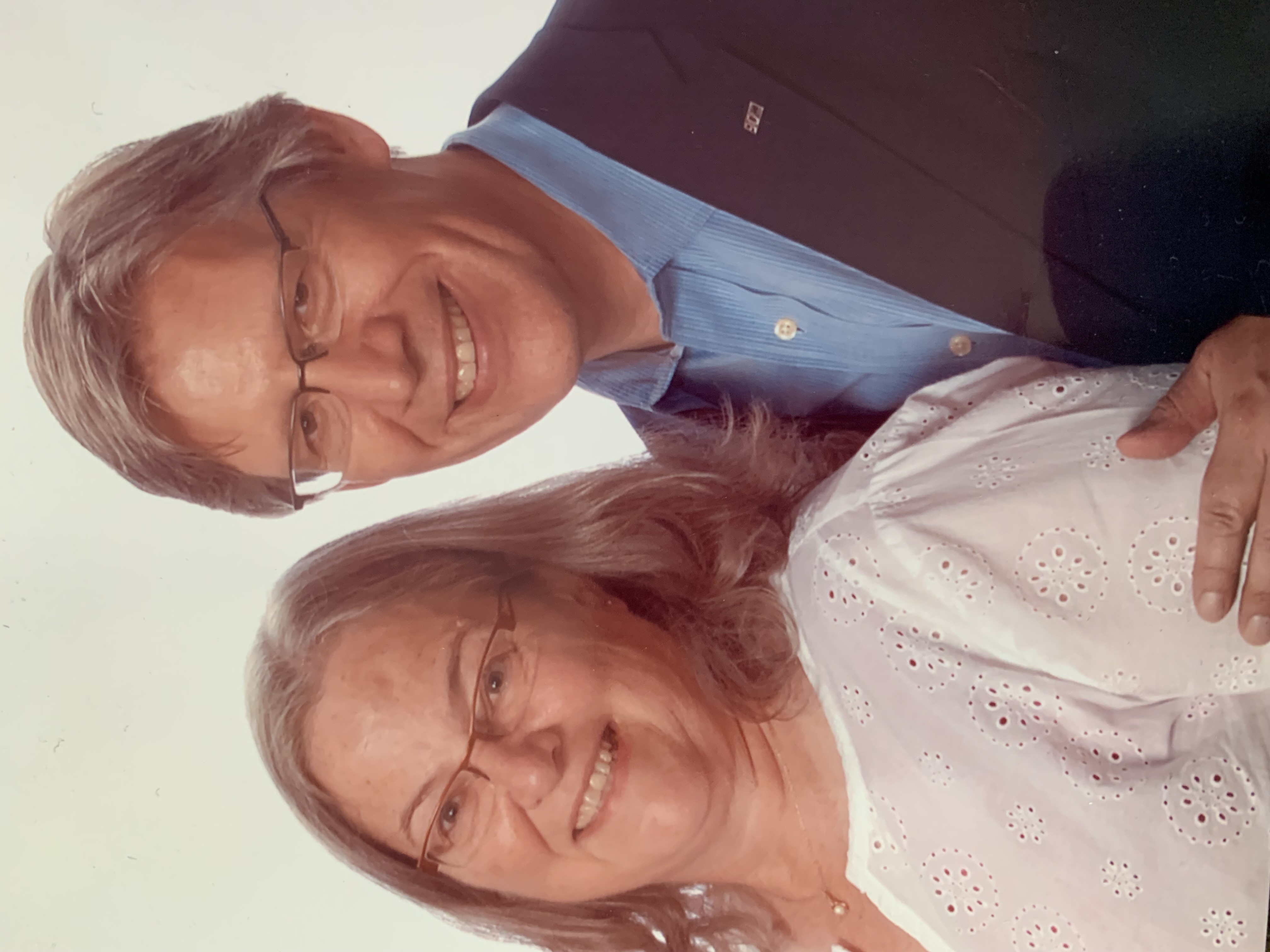Making an impact begins at home for Gerry and Barb Sinn
Tarwinder Rai - 23 June 2022
 Gerry Sinn, ’79 BCom, and his wife Barb sat in their rumpus room watching the national 7 o’clock news. What had initially felt like it would only last a few months had turned into a year. The COVID-19 pandemic was continuing to wreak havoc globally.
Gerry Sinn, ’79 BCom, and his wife Barb sat in their rumpus room watching the national 7 o’clock news. What had initially felt like it would only last a few months had turned into a year. The COVID-19 pandemic was continuing to wreak havoc globally.
The situation locally was no different — restrictions were being enforced in an effort to ease the strain on the local health-care system. However, now we had a vaccine, and a vaccination program was being implemented. Both Gerry and Barb felt some relief.
But as they continued to watch the news that evening, the couple began to realize that vaccine hesitancy was keeping some communities from accessing vaccines.
“The people of the North and some of the isolated communities were not getting vaccinated,” says Barb. “They had no trust in the health system.”
That night it was an Indigenous doctor on the news sharing his knowledge and experiences of health care in Indigenous communities that struck a chord with Gerry and Barb. They had been looking at giving opportunities at the University of Alberta. And, after watching the news that day, they knew what they had to do.
Gerry and Barb made a gift to create the first endowment for the Faculty of Medicine & Dentistry’s Indigenous Health Program (IHP). The program’s mandate is to recruit and support future Indigenous health professionals throughout the faculty’s undergraduate programs.
The Sinns’ gift will provide ongoing support of the important work of the program in the training of medical students with a focus on environmental, systemic and cultural contexts. It will support Indigenous students while they are in medical school and residency, along with building deeper relationships in Indigenous communities — allowing for more inclusive research and health practices.
The Sinns are not first-time donors to the U of A. They have been giving for the past 40 years. This time, however, the impact their donation makes resonates on many levels.
“We wanted to help the faculty break down some of the barriers Indigenous communities face,” says Gerry. “People from all communities should have trust in the health-care professionals they are coming to see. We thought we could play a small part in helping move that mandate forward.”
Both Gerry and Barb say through this process they’ve learned that it’s important to train more Indigenous health-care workers. At the same time, training non-Indigenous health-care workers to understand Indigenous culture is also vital.
“It will help health-care professionals relate better to Indigenous people. This process opened our eyes to the possibilities of building and making a greater impact,” says Gerry.
“If we can have a small part in improving health care for Indigenous people, that’s all we would hope for,” says Barb.
Better training for all
IHP was created to increase the number of First Nations, Inuit and Metis students enrolled in the faculty’s graduate and undergraduate programs. Its mandate is to recruit and retain Indigenous students representing Abenaki, Blackfoot, Cree, Dene, Delaware, Inuit, Iroquois, Metis, Mi’kmaq, Mohawk and Ojibwe communities.
Wayne Clark, executive director of IHP, says the program is also responsible for the training and education of non-Indigenous students enrolled in the faculty’s programs.
And, as Clark points out, this can only be done when Indigenous people are a part of the curriculum process, planning and building — right from the start.
“In the new path forward with reconciliation we are working together to develop strategies and programs that engage our communities in the decision-making process,” says Clark. “When we partner with the communities, we are getting the outcomes we need.”
Clark explains as an educational institution, the faculty is making the changes at the core of how curriculum is delivered and taught. And when it comes to Indigenous patients, training students to provide patient-centred care is vital.